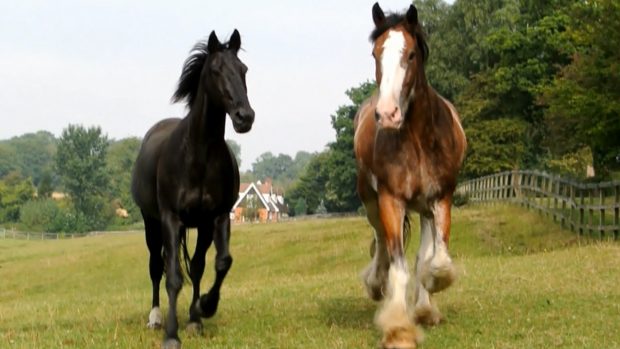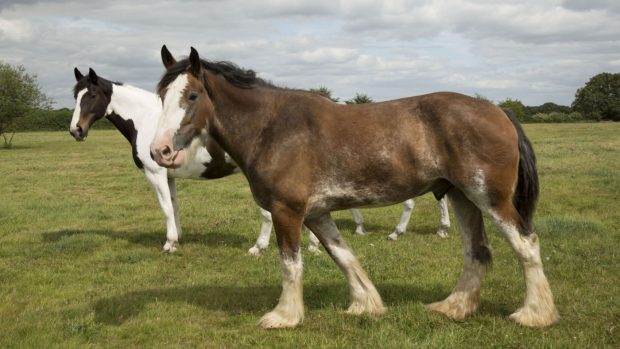Former officers say the potential sale of the Household Cavalry’s Hyde Park Barracks by the Government would be detrimental to the regiment and its horses.
The Ministry of Defence is continuing to investigate selling the historic Hyde Park Barracks, even though it has emerged the MoD may not profit and that none of the offers so far have identified alternative accommodation, which is part of the deal.
The barracks in Knightsbridge house 500 soldiers and 270 horses of the Household Cavalry. But unlike the King’s Troop, rehomed in Woolwich last year, the Household Cavalry has duties 365 days a year as The Queen’s Life Guard and great significance as a tourist attraction.
Reports suggest the site is worth £500million. An MoD source said the “marketing exercise” would continue, as the Government needed to be seen to be making the most of assets in the current economy.
A further embarrassment is the barracks’ 33-storey residential tower — once voted eighth in a poll of “top 10 eyesores” — is unoccupied and not viable to refurbish.
But the site belongs to the Crown Estate. The Royal Parks said that if the Army had no use for the site, management would revert to the Department of Culture, Media and Sport.
Serving personnel cannot comment, but two former officers described the impracticalities of relocation.
Rupert Uloth, who was a captain in The Life Guards, said a central location is key.
“You wouldn’t want to hack very far in full state kit — it weighs several stone.Relocation would surely involve increased vet and farriery bills.
“You also need access to big rehearsal spaces, such as Hyde Park; for the Major-General’s parade, there are 150 horses abreast. British ceremony looks good because it is well practised.
They get up at 3am to rehearse Trooping the Colour to avoid rush hour.”
Roly Owers, of World Horse Welfare, served as veterinary officer. “One recognises one has to cut one’s cloth to fund it all, but ceremony goes to the heart of what London is about,” he said.
“Another important point is the connection of horses with people, by having them in the middle of one of the world’s biggest cities.”
This news story was first published in Horse & Hound magazine (25 April 2013)




